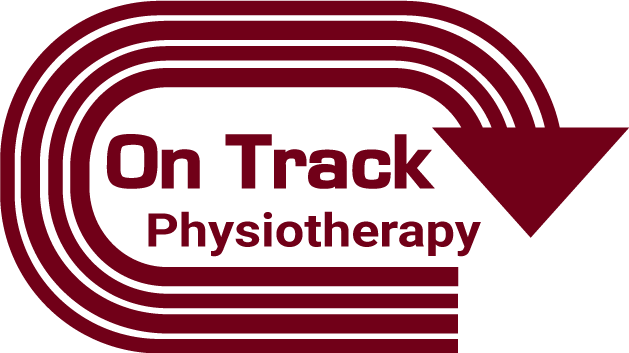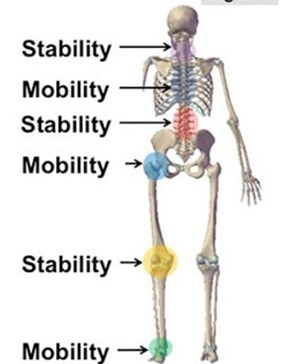ACL injuries (anterior cruciate ligament) have been an epidemic in sports but even more so in women’s athletics. Females are 3-4x more likely to tear their ACL than men. There are several proposed theories on why this is so but for the purposes of this article and what we address here at On Track PT and Performance we will discuss the following:
Poor movement quality
Strength deficits
Landing mechanics
There certainly are other factors, but for brevity sake on this article these are what we tend to see most commonly. I’ll go more in depth in subsequent articles but for now here are the basics:
Poor movement quality
There are just certain joints in our bodies that need to be very mobile in order to get us through our daily activities and especially sporting activities like running, jumping, and cutting. Don’t get me wrong – all of our joints need to move through their full range of motion for us to be efficient movers. Some just need to be emphasized a bit more because of their tendency to become stiff while other areas of our body need a bit more stability/motor control. Check out the picture below to get an idea of how this works – it’s called the Joint – by – Joint theory.
It’s a very simplified way of looking at things but it does often work out this way. The knee joint needs to have a great deal of stability in all directions to prevent injury. If the ankle and hip joints above and below are moving well then the knee joint will more likely stay within it’s accepted range of motion during athletic movements. If the ankle and/or hip are stiff then the knee may just have to go outside of it’s normal boundaries to land from a jump or decelerate while cutting. This is where things can go south in a hurry!
Strength deficits
There is plenty of research out there in the medical and physical therapy journals showing that strength deficits can lead to knee injuries, and in particular ACL tears. Years ago the main concern was the ration of strength between the quadriceps and hamstrings, which if it was below a certain level it could inhibit an athlete’s ability to decelerate correctly leading to injury.
Lately the focus has been more on the hips and muscles of the ‘core’ and how weakness or lack of control in those areas can contribute to injury. I’ll get more into the ‘how’ and ‘why’ in another article but it is a reality that needs to be addressed.
At On Track PT and Performance, we know that a comprehensive strength program must be implemented to assist in the prevention of ACL injuries. Quality movement is critical for effective strength training as well. Being able to combine these qualities is what we do best, and definitely one of my favorite things to talk about so more to come for sure!
Landing mechanics
It is also well documented that female athletes land and cut differently than the male athletes. Women tend to land stiffer and higher than the men who typically land in deeper hip and knee flexion angles. Stiffer and higher landings are more dangerous as far as the knee joint is concerned.
Strength and movement quality again play a large role in this. Some athletes can’t even get into a good position to perform complex athletic movements. Big problem!
Many don’t have the strength to get into the proper positions. Another big problem.
As the athletic activities get faster, more complex, impose higher forces, etc it becomes more and more challenging to perform them using good technique. Fortunately all of these qualities can be addressed through physical therapy and proper training techniques.
Check out the video below filmed by a good friend of mine Joe Heiler. We both use these methods to start teaching athletes to jump correctly using box jumps. The nice thing about landing on a box is that you don’t really have to come all the way back down. Much less strain on the knees and an easy way to work on jumping and landing technique.


About the Author: Dr. Greg Schaible is a physical therapist/strength coach specializing in athletic performance. He attended The University of Findlay, graduating in 2013 with his Doctorate of Physical Therapy (DPT). As a Track and Field athlete, he was as a 5x Division II All-American and 6x Division II Academic All-American. Greg is the owner of On Track PT and Performance in Ann Arbor, Mi. You can stay up to date with helpful information and news on Facebook.



